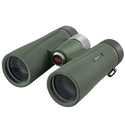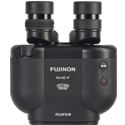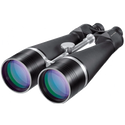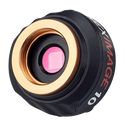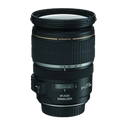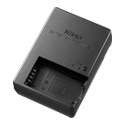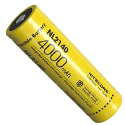One of the most important aspects of any telescope is its aperture, the diameter of its main optical component, which may be either a lens or mirror. A scope's aperture determines both its light-gathering ability (how bright the image appears) and its resolving power (how sharp the image appears).
What does this mean? The bigger the aperture the better. With a 6-inch telescope you can discern craters on the moon as small as about a mile across - half the size of those visible in a 3-inch scope (under the same conditions using the same magnification). The advantage of a larger aperture becomes more apparent when looking towards a distant galaxy on a moonless night. Because the surface area of a 6-inch mirror is four times greater than that of a 3-inch mirror, it collects four times as much light, meaning the galaxy would appear four times brighter. (Astronomically speaking, that's 1.5 magnitudes brighter.)



